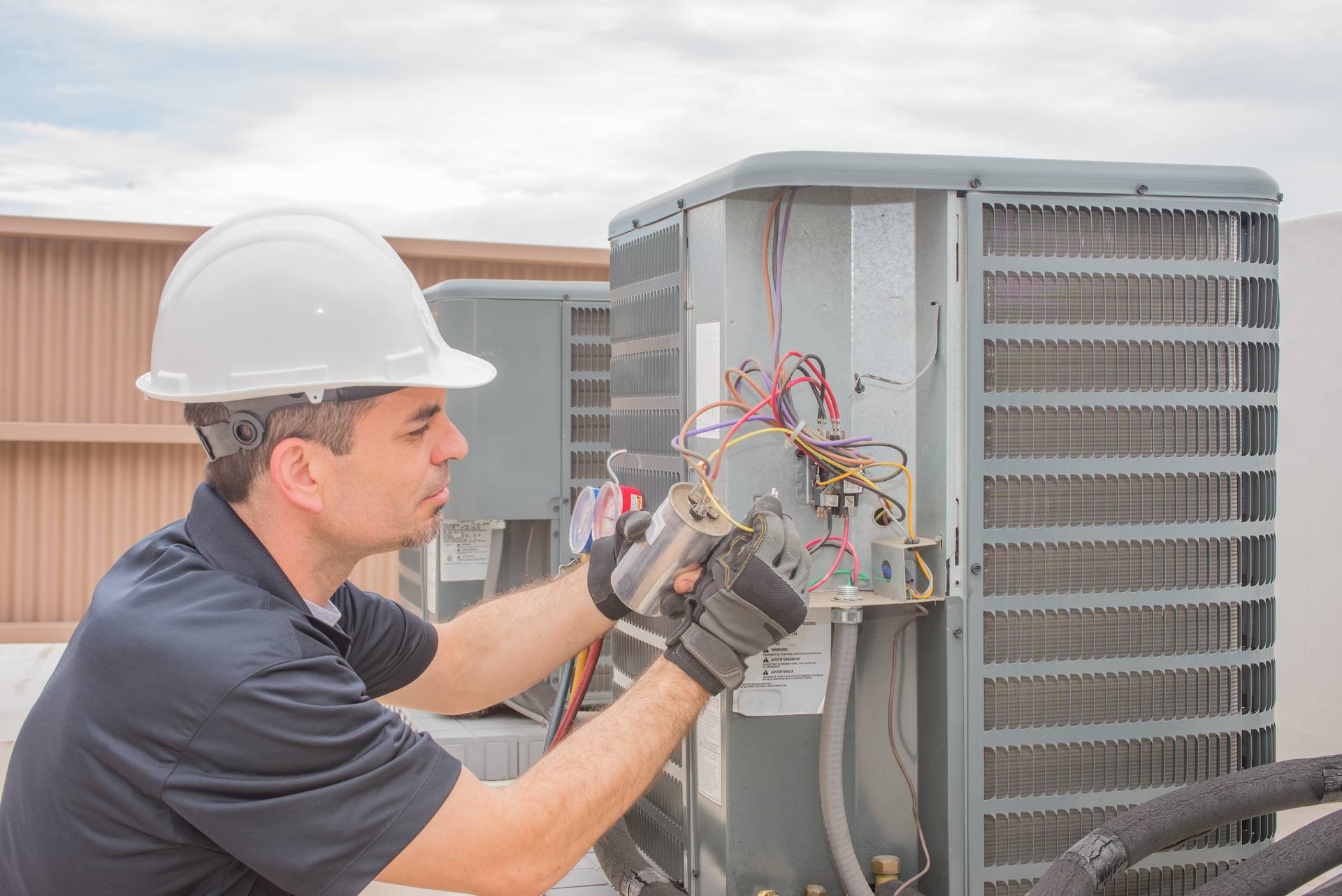
At the 2023 HVAC Educators Conference in Las Vegas, there were several presentations on refrigerants and refrigerant changes. Significant pressure is being asserted by the U.S. Environmental Protection Agency (EPA) and other governmental agencies on the HVAC industry that will impact production, innovation and energy codes moving forward. These changes have the potential to impact programs on the supply chain side as well.
Here are a couple of examples of what was presented:
Refrigerant changes
Over the years, we have seen changes in approved refrigerants due to global environmental impacts. In the 1990s, the most common HVAC refrigerant was R-22, referred to as HCFC or Hydrochlorofluorocarbon. The problem discovered was that the chlorine in the refrigerant was damaging the ozone layer. R-22 refrigerant has been phased out and replaced with HFC (Hydrofluorocarbon) refrigerant, most commonly referred to as R-410a.
In recent years, it was discovered that while this refrigerant didn’t damage the ozone layer, it does have high global warming potential. The EPA has recently issued guidelines for its use, which will restrict the production to 60% of current production by 2029 and 30% by 2034. Essentially, it eradicates using these refrigerants in HVAC equipment moving forward. The HVAC industry is now testing and pushing for the next generation of refrigerants, which will not be compatible with existing equipment. So, manufacturers have to redesign systems and adapt to the new refrigerants at a much faster rate.
Efficiency standards
The federal government is setting standards of minimum efficiencies for equipment based on weather data. They will require furnaces in heating climates and air conditioners in cooling climates to have better efficiency than current minimums. As a result, minimum efficiencies are much higher, producing less savings from higher energy-efficient equipment.
The industry is struggling to shift to meet these requirements. These changes will begin to affect stocking practices and equipment availability in the near future. Along with other regulations and standards, the changes will need to be followed closely for our programs to adjust and succeed in the future. In the short term, these changes will likely mean product availability and supply chain issues.
